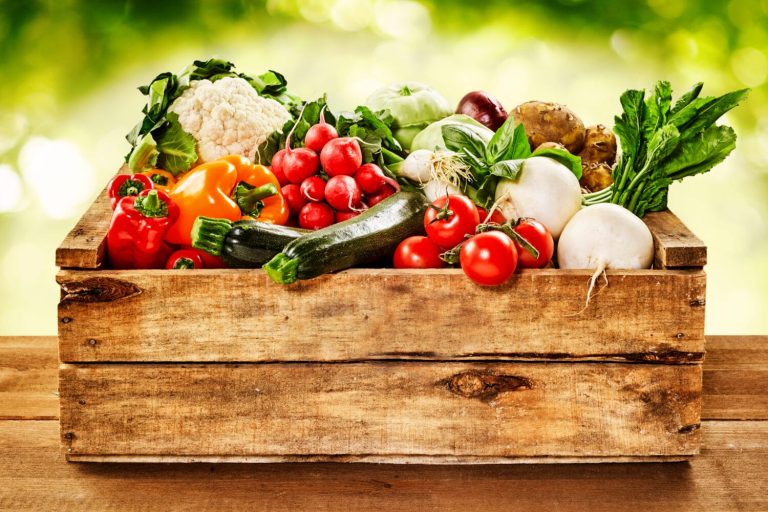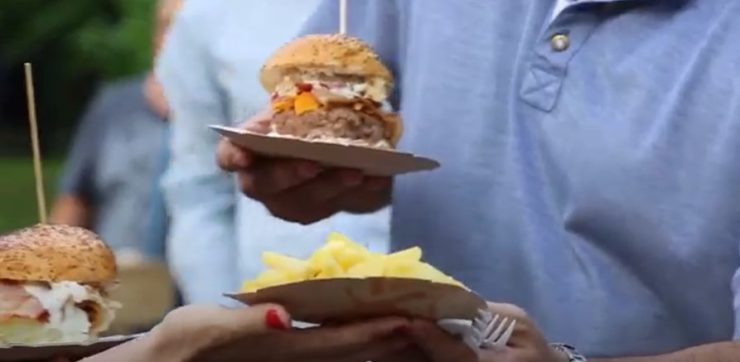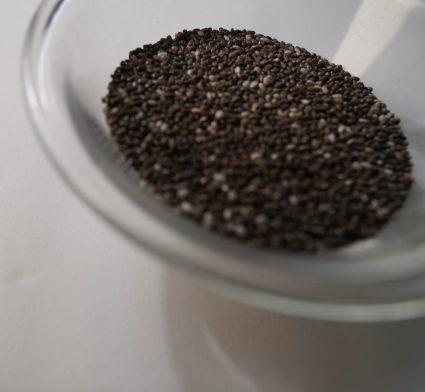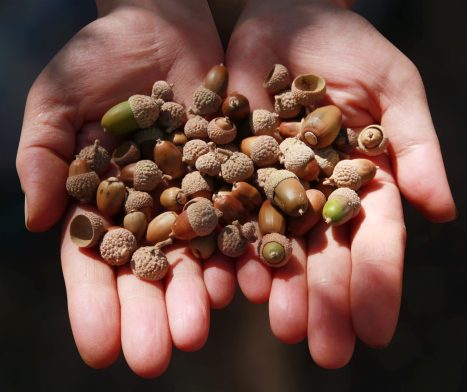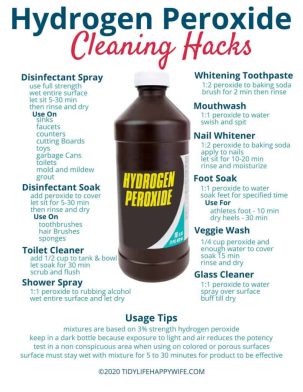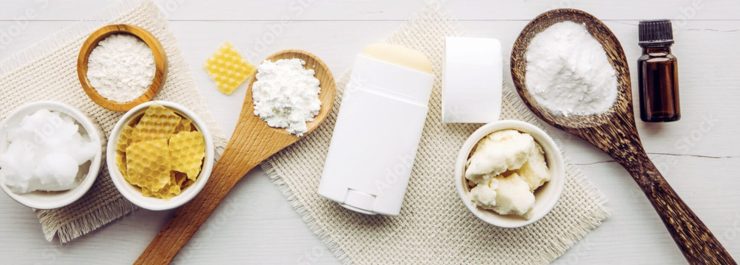In this blog, I will show you seven easy-to-grow indoor plants with plenty of variations. The beauty of an indoor garden is that you can eat fresh, nutrition-packed plants and vegetables all year long. While an indoor garden would have to be pretty large to sustain you, it can stretch your stored food and add flavor and micronutrients to your meals. Some of these plants you could plant right now and be eating from in as little as a few weeks. Stick around to the end because there are some considerations to be made for your indoor garden to be successful, which I will tell you about.
HERBS

I’ll start with the easiest and most successful here, and that has to be herbs. These are commonly sold in kits for kids, so you know they can grow quickly and easily. The problem I have with herbs outdoors that growing them indoors solves is that insects love to eat them, too. Also, it can get scorching where I am, resulting in leaf burns or the plant drying up. Indoors provides me with an environment where none of that is a problem. Herbs will not provide many calories, but they will give you lots of flavor, vitamins, and minerals. Basil, for instance, is a good source of vitamin K, providing about 177% of the Daily Value per 100 grams or one cup loosely packed.
I grow Basil, Thyme, and Oregano. While I could start these from seed quite easily, my local nursery was having a sale. If you simply repot their 4” plants, you can just grow them like any other houseplant on your window sill. I will heavily harvest them once they are well established to keep them in the smaller size. You never need to replant them. You only need to remember to keep them watered regularly. I find a mister is very helpful as a reminder and as an easy way to apply water directly to the base of the plant. With consistent water and light, you can harvest and use fresh or dry herbs for later use.
ALLIUM

Plants in the allium family include onions, scallions, chives, garlic, shallots, and all those other varieties of onion-like plants. I think some of the best suitable for containers are garlic, green onions, and chives, which I planted here because these can grow very tightly together, the greens can be harvested year around, and scallions, for instance, have twice the daily recommended amount of vitamin K for adults, per 100 grams or 1 cup. Regarding the closeness of planting, many people don’t realize you can plant garlic or green onions within just a few inches of each other to pack a lot into a small space.
I am growing scallions and garlic from reclaimed kitchen scraps, which I show you how to do in another video linked in the comments and description section below. In between these, I plant some chives, which I have always struggled to keep alive outdoors. I will harvest the greens continually for the next several months to flavor everything from soups to salads to rice.
LETTUCE

We are still in the so easy to grow even a kid can do it category with lettuce. Lettuce varieties, including Crisphead, Butterhead, Looseleaf, and Romaine, are incredibly easy to grow indoors, requiring minimal space and care. Their adaptability and quick growth make them perfect for indoor gardening enthusiasts looking for fresh, homegrown greens. To do this, simply fill some windowsill-sized planters with potting soil and sow your seeds and water. I cover it with a clear plastic wrap to keep the moisture in and a little warmth. This will help your seeds germinate faster. The biggest advantages for me to growing lettuce indoors are the higher yield and the fact that I can continually harvest the outside leaves. Insects and animals love the tender lettuce leaves, and they can easily wipe out an outdoor garden overnight. That won’t happen with an indoor garden.
For some varieties, you can start trimming the outside leaves or harvesting the entire plant in just 30 days, so you are never that far from healthy green salads. One trick you need to know is that most plants benefit from a little wind circulation. It helps the plant breathe, keeps it from getting spindly, and forces the stalk to strengthen. To accomplish this, I use a small fan once per day for a little while.
MICROGREENS

If soil or space is a major consideration for your indoor garden, consider microgreens. They require only water to sprout, but if you give them a little soil, even a 1/4 inch, they will grow stronger, slightly taller, and more robust. Microgreens are smaller versions of larger plants. They can pack a lot of nutrition in their sprout form. If you think lettuce grows fast, you can have microgreens in just a few days.
You can grow pea shoots, sunflower sprouts, kale, mustard greens, Swiss chard, radishes, beetroots, broccoli, pea shoots, basil, coriander, and cress as microgreens on your windowsill. I have a blend of broccoli, radish, arugula, cress, cabbage, and mustard seeds, which I sometimes sprout on the counter. I’ll densely sow these into a small tray of soil, water well, and let them grow. They will start to sprout in just a few days. When they are about an inch or two tall, I will clip them, enjoy them on salads, put the spent dirt into my garden, and plant a new batch to keep a continual supply. Microgreens will also grow with considerably less light and almost no light at all. They will need a little warmth to germinate, but it’s definitely a window sill plant you can grow through winter.
BUSH PEPPERS

Peppers pack a lot of Vitamin C and A, making them excellent sources for these immune and skin health vitamins. Container or patio varieties, as they are often referred to, are dense, smaller plants that can have incredibly high yields. These plants will favor a larger and deeper pot for a more dense and well-established root system, and they like warmer temperatures to encourage fruit setting, but when they do set fruit, you can have very bountiful harvests. Most pepper plants can be trimmed to stay relatively compact, so there aren’t many limitations on the type of pepper plant you choose; however, a variety labeled for patio, compact, or container will guarantee you a high yield, low-space requiring variety. Here, I plant five sets of Peruvian Biquinho peppers. These little tear-drop-shaped peppers grow in a compact bush, are great for pickling, and are sweet with just an occasional kiss of heat. I will also cover them with plastic wrap to keep them moist and slightly warmer to encourage germination and sprouting. Here they are after about two weeks of growth. You will need to manually pollinate peppers once flowers appear. This can be done by gently rubbing a cotton swab in each flower that appears. Do this for a couple of days, and the fruit should be set.
DETERMINATE TOMATOES

If you have ever had your tomato plants wiped out overnight by tomato hornworms, cutworms, rodents, deer, slugs, beetles, or a sudden frost or hail storm, you know how frustrating growing the tender fruit can be. Like peppers, there are thousands of varieties of tomatoes. Some are more suitable for small spaces than others. You want to specifically look for bush varieties called “determinate.” This means they grow to a specific size, they are busy, and the fruit tends to ripen all at once. Don’t think that all cherry tomatoes are indoor plants because their fruit is smaller. Tomatoes are viny plants, and indeterminate varieties set their fruit along vines that can stretch up to 12 feet. Specifically, look for patio or bush varieties and smaller size fruits for window setups. That said, a determinate variety of Roma or Rio Grande can be potted into a larger pot and grown quite successfully in a patio window because it is determinate and not a sprawling vine. When it comes to planting tomatoes, you want to plant the entire plant except for the top 2 sets of leaves. The buried leaves will convert to roots and give your plant good structure and nutrient uptake. You will need to manually pollinate tomatoes and peppers once flowers appear. This can be done by gently rubbing a cotton swab in each flower that appears. Do this for a couple of days, and the fruit should set.
RADISHES/BEETS

Beets need more space than radishes, but either will provide you with leafy greens to eat and a compact root vegetable, which makes them both perfect for a windowsill garden. You will want a variety that grows no larger than 6 inches in depth and has enough room to provide the plants adequate spacing, but you will find that you can produce quite a few in a tiny area. Don’t forget to harvest the green leaves, as well, choosing leaves from the outside and never harvesting too many at once. Most varieties will mature in as little as 30 days. The same plastic wrap trick to encourage germination will result in better germination.
SPECIAL CONSIDERATIONS
There are a few things to consider when trying to establish your indoor garden, which I have to tell you about. Consider space, light, moisture, soil, and temperature when setting up your indoor garden. Ensure your plants get adequate sunlight without overheating or scorching. Keep the air circulating, and watch out for pests. Avoid over-watering to prevent root rot and gnats. If infested, move plants outside. Some treatments are effective for gnats and tiny bugs. These simple sticky traps are very effective. The gnats are attracted to the bright color and then get stuck.
Another consideration is that your plants will require consistent watering. You don’t need an elaborate misting system or a hefty pour of water, but the plants need daily water to work with. I use a little mister to give them some up close daily watering. If the plants appear to need more water or are wilting, I can give them some extra, or I can pull back and give them less if they are showing signs of overwatering, like yellowing leaves. Because you are using such a small amount of soil, ensure it’s good indoor potting soil and apply some mild plant fertilizer weekly. Bagged soils meant for outdoor use may contain either manures or insects, and you don’t want to smell those or introduce them into your home. If you do get starter plants from the store, I advise you to remove as much of the original soil from the roots as possible and then transplant them into your indoor potting soil. The starter blend of soil may contain unwanted insect eggs or manure.
PLANTS MENTIONED IN THIS POST:
Herbs for Indoors: https://bit.ly/3UeHyVr
Allium: https://bit.ly/4aPmlZp
Microgreens: https://bit.ly/4aTDGAi
Bush Peppers: https://bit.ly/4aSKTAP
Tomatoes (Determinate): https://bit.ly/4ddz2ii
Radishes/Beets: https://bit.ly/3UBnFbB


